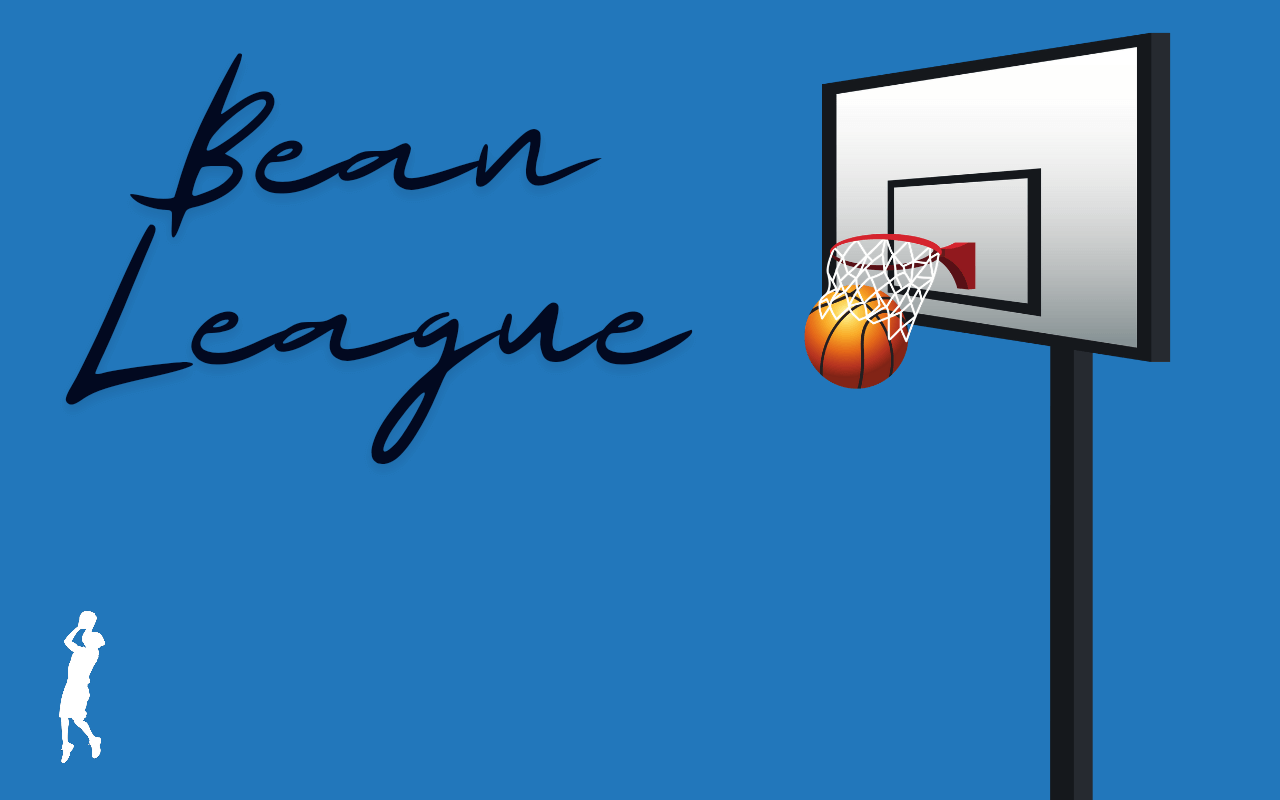Maximizing Buy-Low and Sell-High Opportunities in Fantasy Basketball
In the wild world of fantasy basketball, one man's trash is another man's treasure. Understanding when to buy low and sell high can make the difference between a middling team and a championship contender. Let’s dive into the art of fantasy basketball trades and how you can maximize these opportunities.
Buy Low: Finding Hidden Gems
The key to buying low is spotting players who are underperforming but have the potential to bounce back. Injuries, slumps, or role changes can temporarily depress a player's value, making them prime targets for savvy managers. Imagine a scenario where Nikola Jokic, the reigning MVP, has a slow start. Maybe he’s recovering from an off-season injury, or perhaps he’s just in a funk. This is your golden opportunity. A few low-ball offers, and boom – you’ve got yourself a superstar at a discount.
Tip: Look for players with proven track records who might be going through a rough patch. Think of someone like a struggling star who's bound to return to form once they shake off the rust.
Sell High: Cashing in on Overperformers
Selling high involves trading away players who are performing above their expected level. These players are great for your short-term success, but their performance may not be sustainable over the long haul. Remember that guy who went off for a career week while the team's star was out? Yeah, trade him. His value is sky-high, and some poor soul in your league will bite, thinking they've snagged a breakout star.
Tip: Keep an eye on players who are overachieving. For example, if a role player on a hot streak is averaging 25 points per game out of nowhere, it’s time to capitalize.
Timing is Everything
The timing of your trades can make or break your season. Patience is crucial; don’t panic-sell a star who's in a slump, and don’t rush to buy low on someone who’s perpetually injured. For instance, if a reliable player like Kevin Durant misses a few games due to a minor injury, managers may start to worry. This could be your chance to swoop in and offer a trade that looks fair on paper but heavily favors you in the long run.
Tip: Monitor player trends and injury reports closely. A little bit of research can help you determine the perfect time to pounce.
Know Your League
Understanding your league's dynamics is crucial. If your league mates are savvy, they won't fall for obvious buy-low/sell-high tactics. In this case, you need to be even more strategic.A little sweet talk in the league forum never hurts. Build rapport, make friends, and then... strike. “Hey buddy, noticed your team’s struggling with rebounds. How about I send over Rudy Gobert for your slumping Damian Lillard?”
Tip: Engage in league chatter, read the room, and gauge which managers are more likely to trade based on short-term performance.
Use Trade Analyzers
Don’t be afraid to use trade analyzers to evaluate potential deals. These tools can offer an objective look at trade values and ensure you're not getting the short end of the stick.
Tip: Run every trade through a trade analyzer before pulling the trigger. This helps ensure that your trade is advantageous.
Conclusion: Master the Market
Mastering the art of buy-low and sell-high trades in fantasy basketball requires patience, knowledge, and a bit of cunning. By timing your trades perfectly and leveraging your league's dynamics, you can turn a good team into a great one. Learn about fantasy basketball with Bean League and elevate your trading game to new heights.





